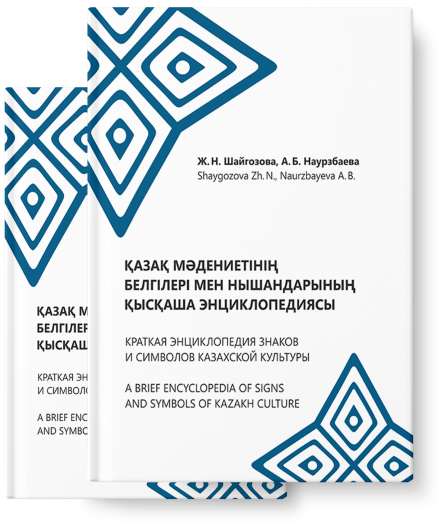
A short encyclopedia of
Signs and symbols of
Kazakh culture

In world culture, wormwood is associated with the feminine: it was considered an aid to childbirth, and according to Greek legend, the herb was first used by the goddess Artemis. Priests of the Egyptian fertility and maternity goddess Isis wore wreaths of wormwood. Similar things are known from the Slavs. Ritual wreaths of wormwood were woven and worn by girls on the night of Ivan Kupala. The Turks call this herb “emshan”. Various stories have survived in Kazakh folklore that reflect the mental associations evoked by this grass. First of all, it is the “grass of memory”, which preserves the smell of the motherland. In the steppe there was an ancient tradition of delivering a message to a distant relative in the form of a stick of dried wormwood, which was a sign of meeting or returning home.Wormwood has often been associated with bitterness: it is a symbol not only of gray old age, but also of the sad events in the lives of the steppe dwellers, which they will always remember. Wormwood is also called “widow’s weed”, which compares its bitterness with the heavy fate of the widow.
Wormwood is a symbol of vastness, freedom and connection with the steppe. For a nomad, the centuries-old reality of wormwood is not only a symbol of memory, but also a symbol of the connection of times. Steppe and wormwood are inseparable like steppe and horse” [4, p. 147].

